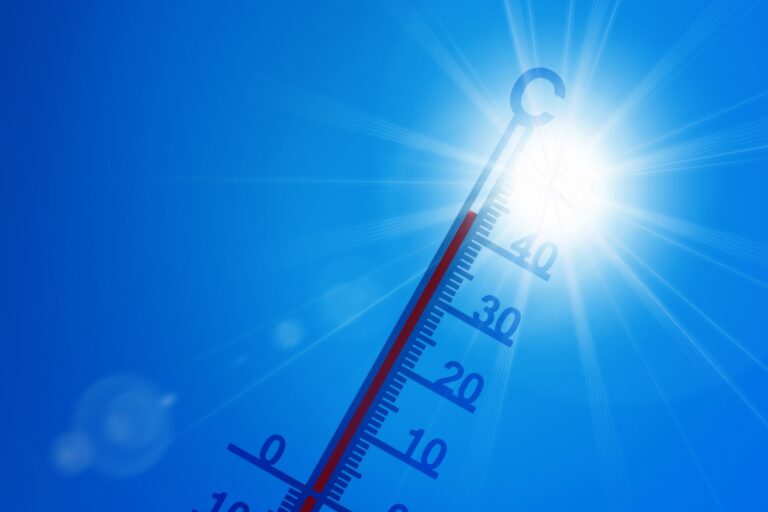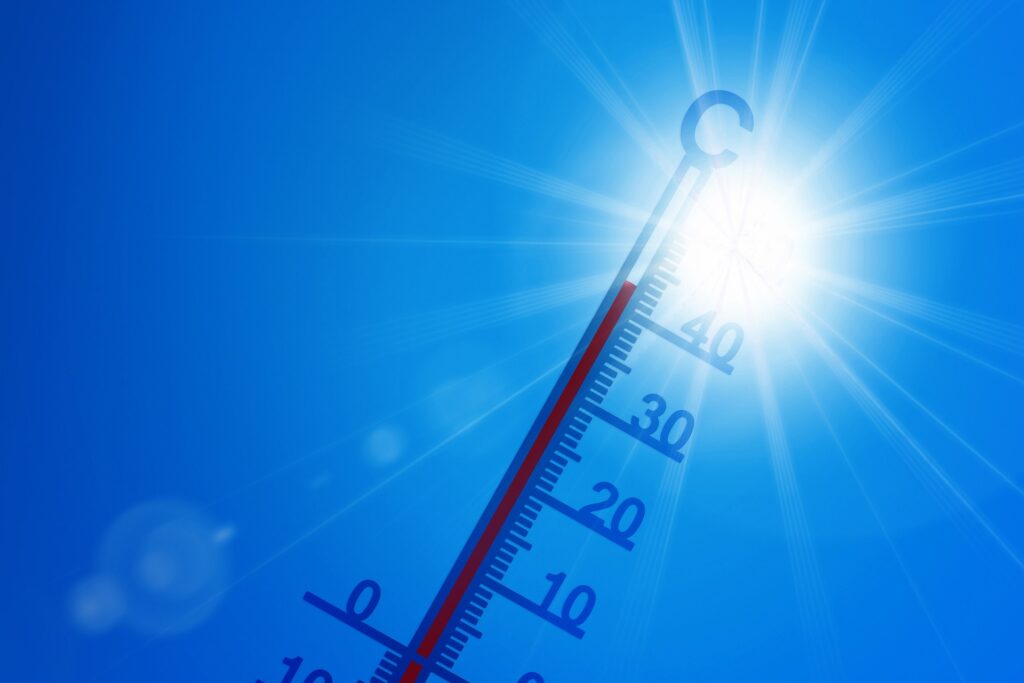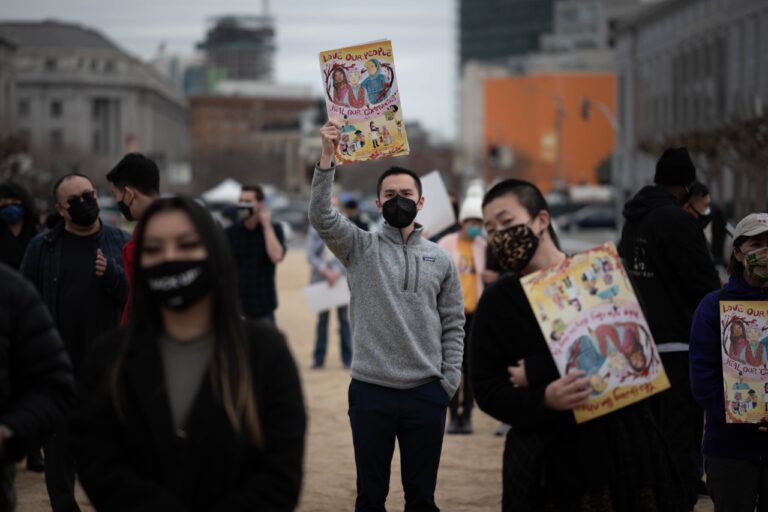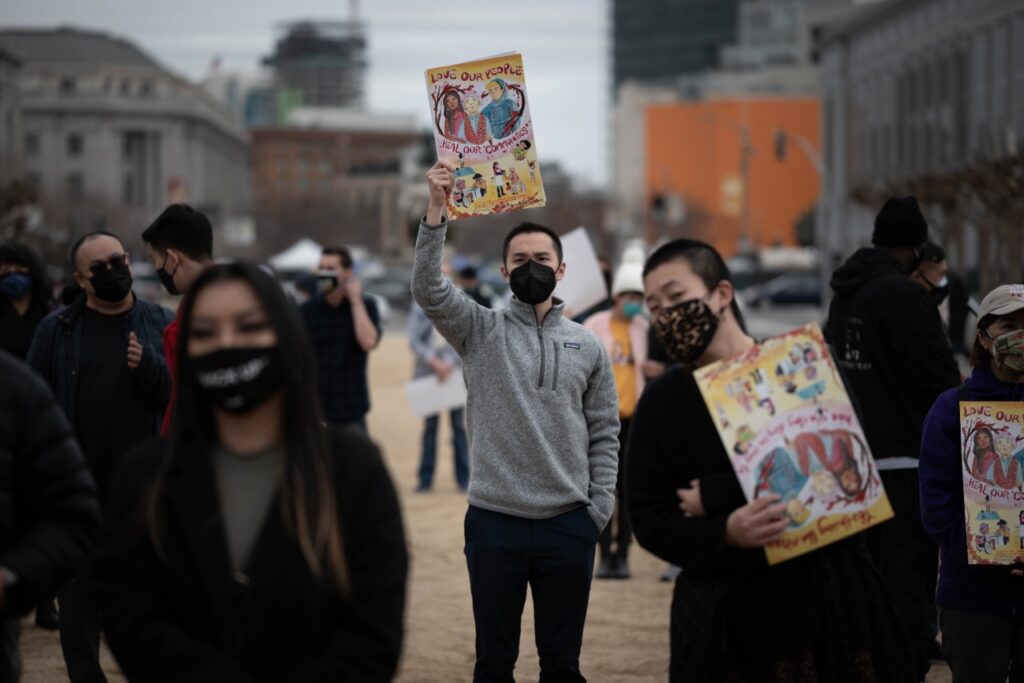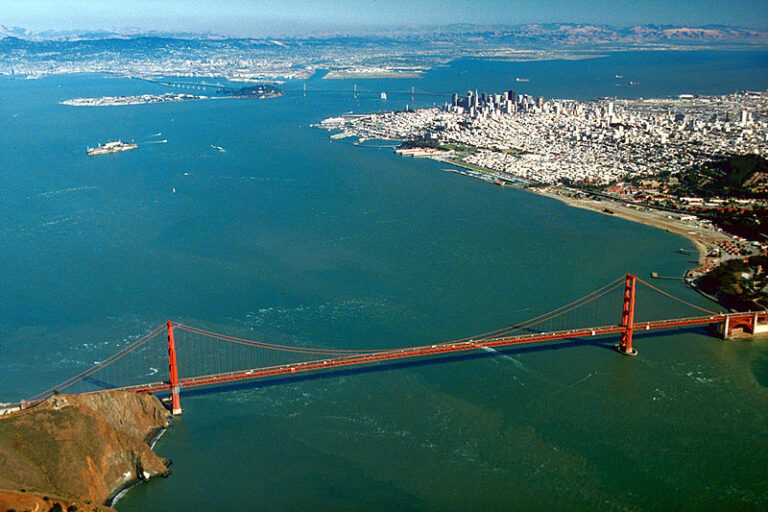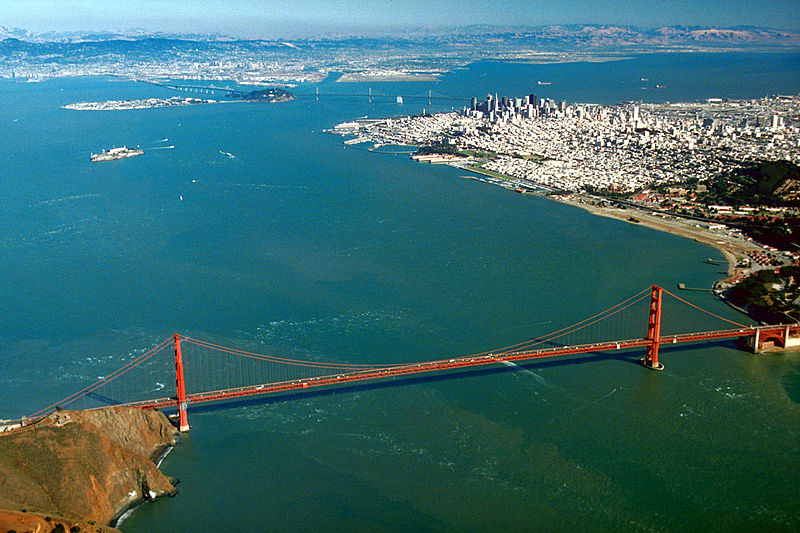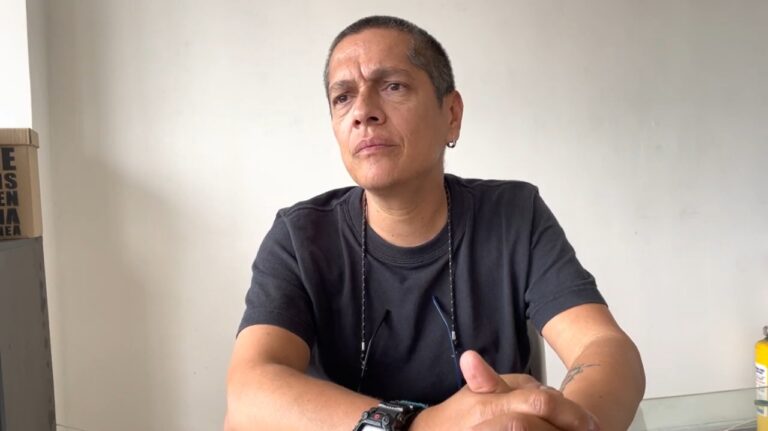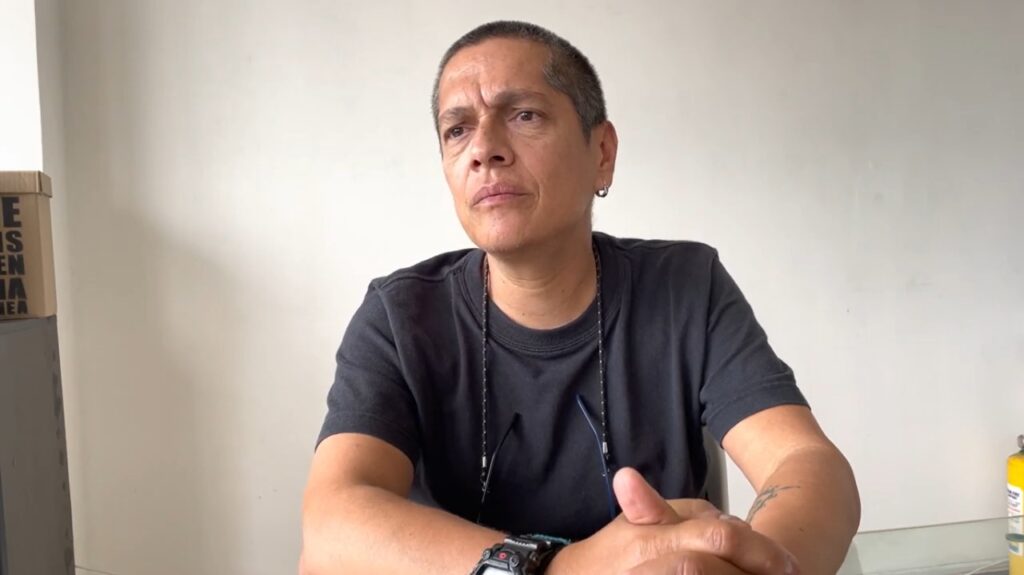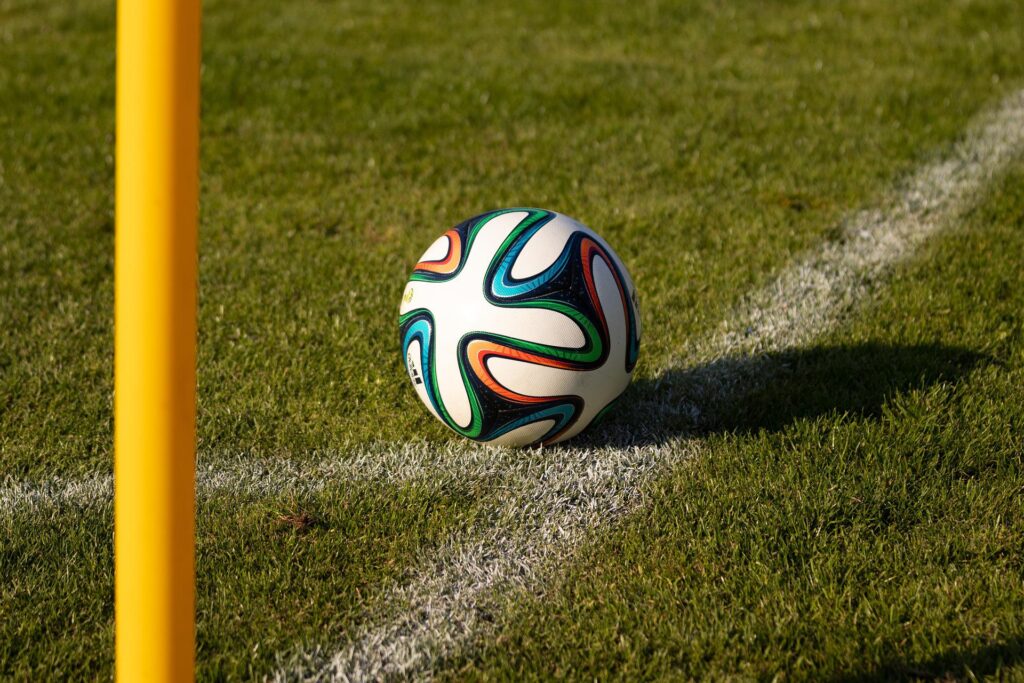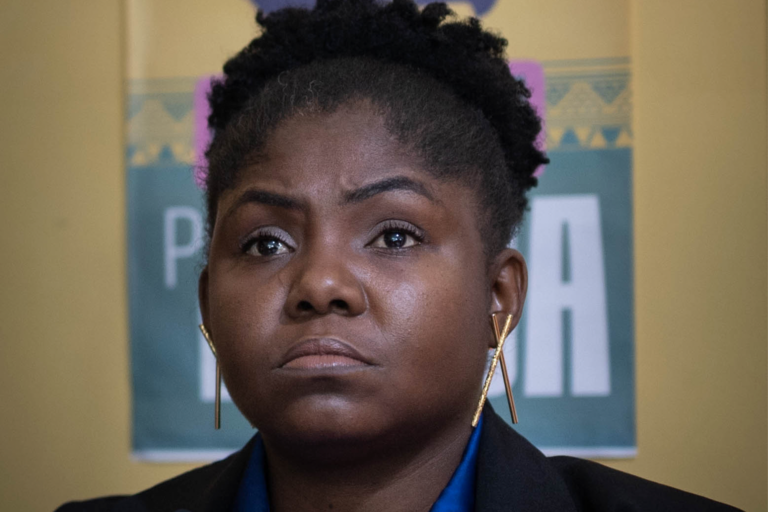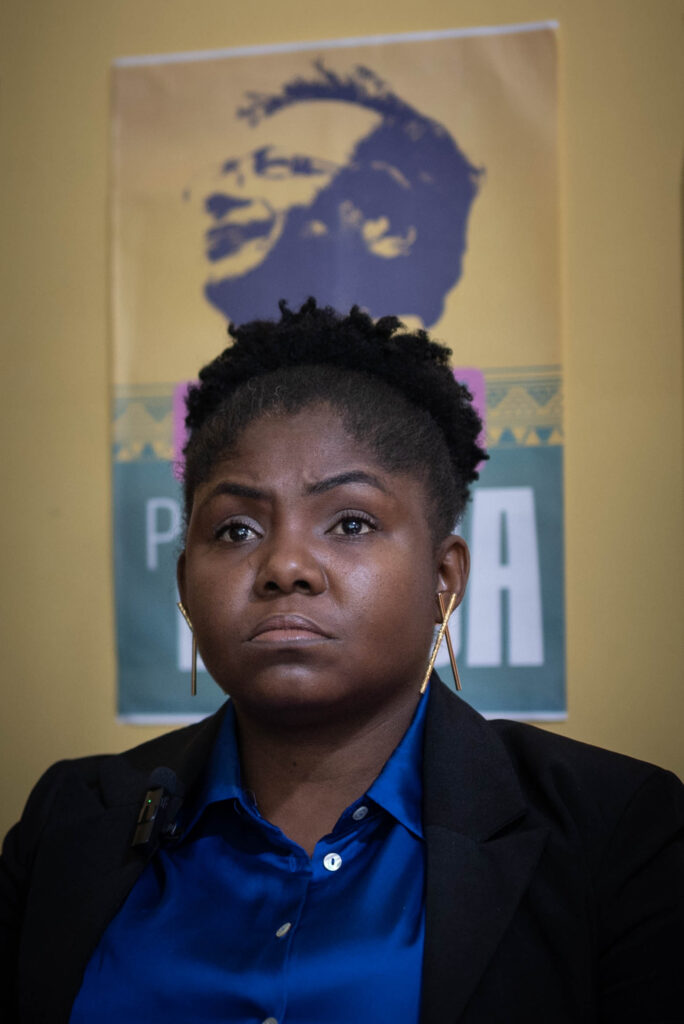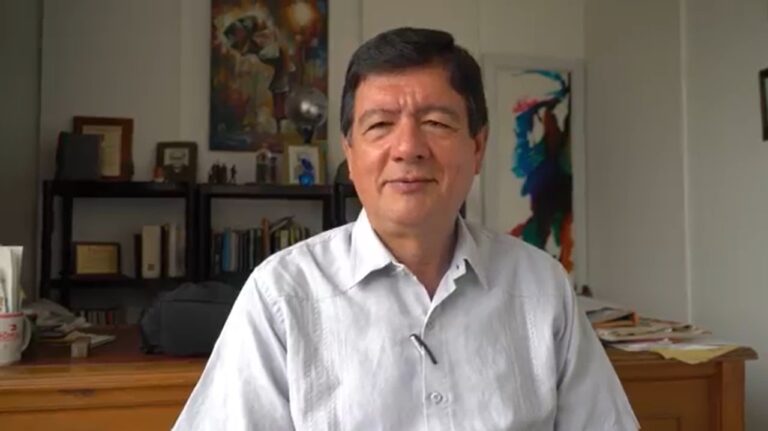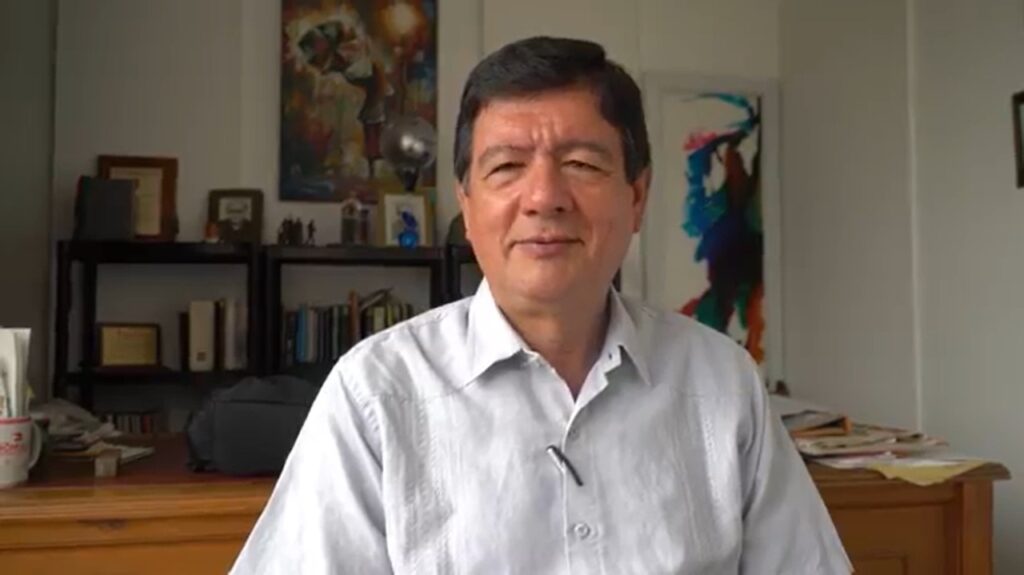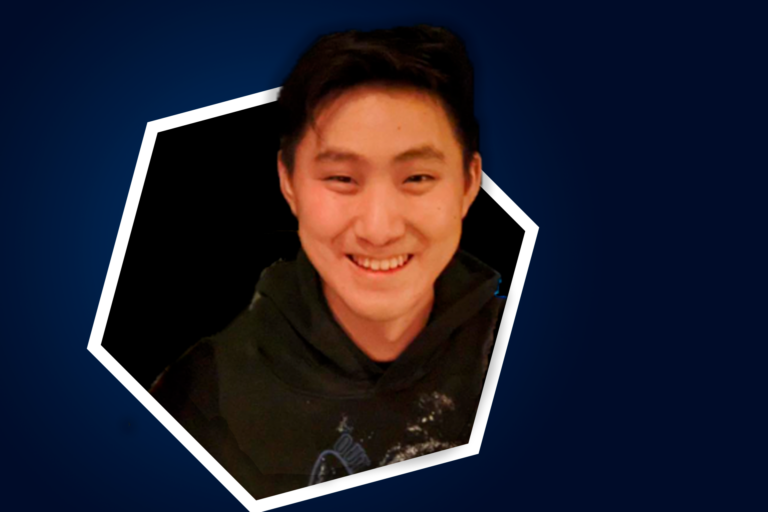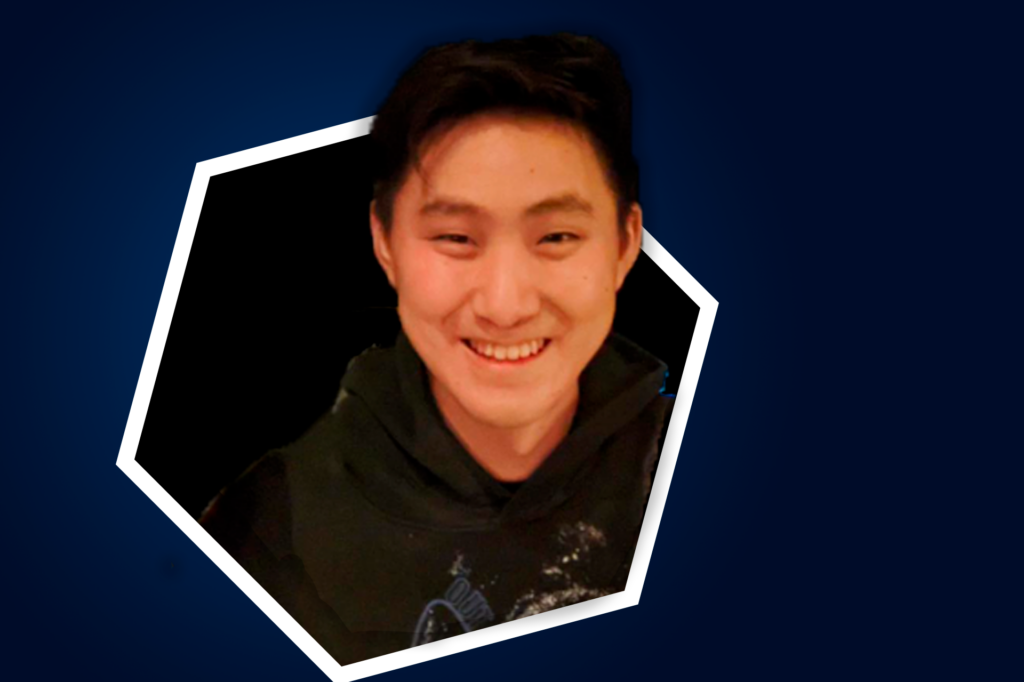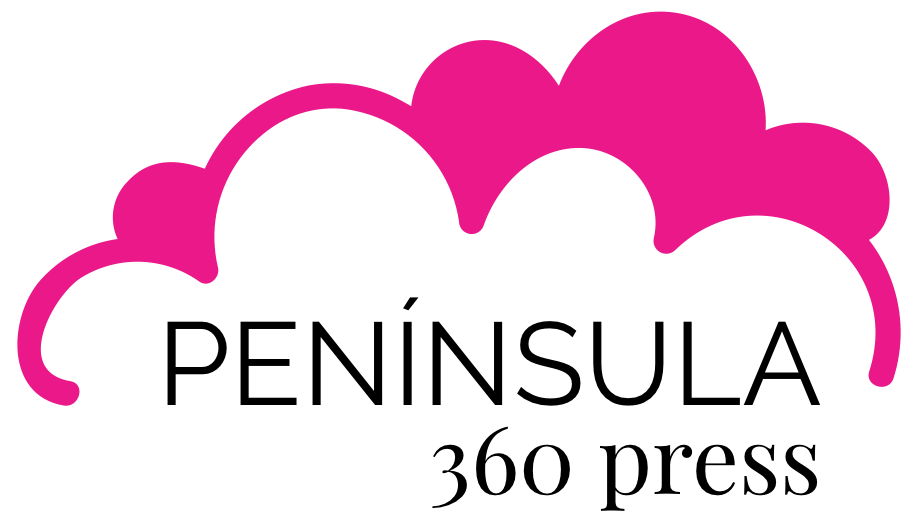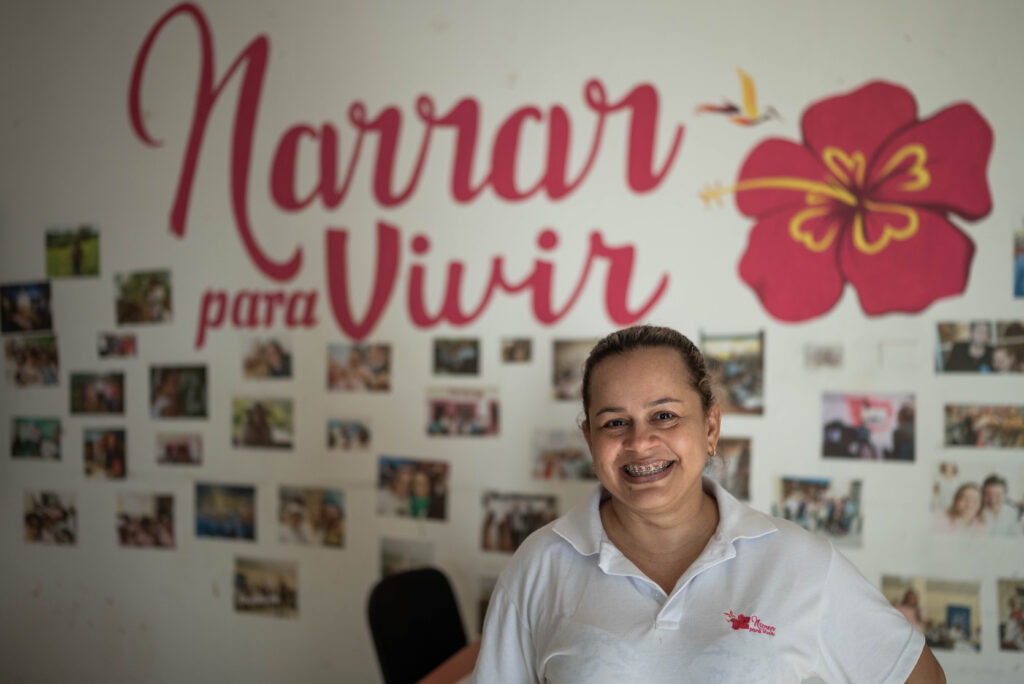
By Pamela Cruz and Manuel Ortiz
Paramilitary groups linked to drug trafficking, corruption and political pressure to buy votes are some of the situations that women and men will face in these elections in Montes de María, a mountainous region in the Colombian Caribbean, between the departments of Sucre and Bolívar.
According to human rights defender Mayerlis Angarita Robles, although Montes de María is a beautiful region with very happy people, it also has a history of risk, with four early warnings that show the delays of groups such as the 35th and 37th Fronts of the FARC, who did not enter into the process of laying down arms and who began to feed the groups that are exercising crime in the area.
The founder and director of the Narrar Para Vivir women's support network pointed out that violence "today in Montes de María is closely linked to drug trafficking and is much more dangerous. So, it is in this context that the elections will take place; it is not only corruption, vote buying, but also the risk of losing one's life."
He also said that in this area "vote buying is almost always a problem, precisely because of the issue of poverty. There are also many isolated areas and sometimes, every four years, people come to sell their votes for the opportunity to have something."
«So, what we do as an organization is to raise awareness, to make people understand the value of voting and what it means, because we need education, housing, health for our rights and not to vote in exchange for money.»
Angarita Robles added that some institutions responsible for speaking out in favor of the people insist on denying the presence of groups linked to drug trafficking in the area, and this makes it very difficult to exercise democracy in this context.
"I don't dare to say who they do or don't do, but there are also situations like a murder in a village. This causes anxiety, fear, and is often reflected in abstention from voting, or in the fact that unexpected results are seen in certain regions."
"I have been told that there are communities that have been ordered not to vote, or to vote for certain candidates," said the human rights defender, "which shows the pressure that has been put on them to vote for candidate X, so that people are now afraid to go out again, because they are afraid of reprisals against the communities."
«And since Montes de María has a history of 157 massacres and more than 4,172 homicides, you can imagine what it means for us to be a democracy today in a context where Monte de María is seen nationally and internationally as a territory of reconciliation, of peace. And yes we are, there are very tough people here, I think we are too tough to continue here in a territory, when the price of working for peace is your life.»
Ensuring democracy: the work of women and the community
For Mayerlis Angarita Robles Bueno, women have had to prepare to defend their rights, "in fact, we currently have eight Special Peace seats in the Peace Agreement, because we demanded that, just as there were seats for the FARC, the victims should have our own."
And although it was difficult to obtain, after filing several actions and a lawsuit, which were won, it was achieved that through this pronouncement of the Court the seats were given. "We fought for this seat... today we have the seat of Paz de Montes de María," she said.
He added that today, in addition, "we know how to take care of the vote, so we have electoral witnesses, we have trained people to go early, to be attentive, that if the ballot is crossed out they have the right to ask for another one, to be very attentive at the voting tables, in the counting."
«And here, in most cases, elections are won at the Registry Office, so that is where we must also be very careful. We must be very careful that the votes are not lost, because they can be seen there and that is what we all do. We are rural women, but we are women who have prepared ourselves, who have been educated, who know, who know what is happening in the territory and who are not naive.»
"We know the interests that exist to prevent democracy from reigning in the country today. And I believe that there is a cry, there is a general awakening throughout Colombia. Colombia wants democracy and wants the people to govern and we hope to have victory tomorrow."
Narrating to Live, a support network between the women of Montes de María
Finally, Mayerlis Angarita Robles commented that practicing law in Colombia is difficult, especially in the Montes de María region, where there is a patriarchal, sexist culture and women have been repeatedly taken as spoils of war.
"And precisely because we are defenders and women, it is much more difficult for us, because we are also charged for being women, we are charged for being born women who want to be defenders or leaders," she said.
"In my case, I have been through three attacks - in 2012, 2015, 2019 - and I pray to God that another one does not happen, because you really don't know if you will come out alive or not," as is the case for many other social and women's leaders in the Montes de María area and throughout the country.
Narrar para Vivir is an organization made up of 840 rural women, who have also transcended in academia, and who have worked for the restoration of their rights over the course of 21 years.
«We have been able to influence the spaces where decisions are made that have to do with our local reality and today we are showing that women are not only that history and that resistance when we were taken as spoils of war, but today we are transforming the territories, we are peace builders, we are exercising democracy and, above all, we are resisting and from the resilience of being reborn and rebuilding the territory so that illegal groups are not acting in the same way they did before.»
"We do this through the formation of strength, of words, of peaceful coexistence, of non-violent conflict resolution and above all, by saying that in this territory we will not be one inch or one inch closer to the violent," said the human rights defender.
This note was produced with the support of a group of journalists covering the second round elections in Colombia, sponsored by the organization Global Exchange in collaboration with Peninsula 360 Press.
You may be interested in: Failed social policies, reason for outburst against Colombian government: activist


